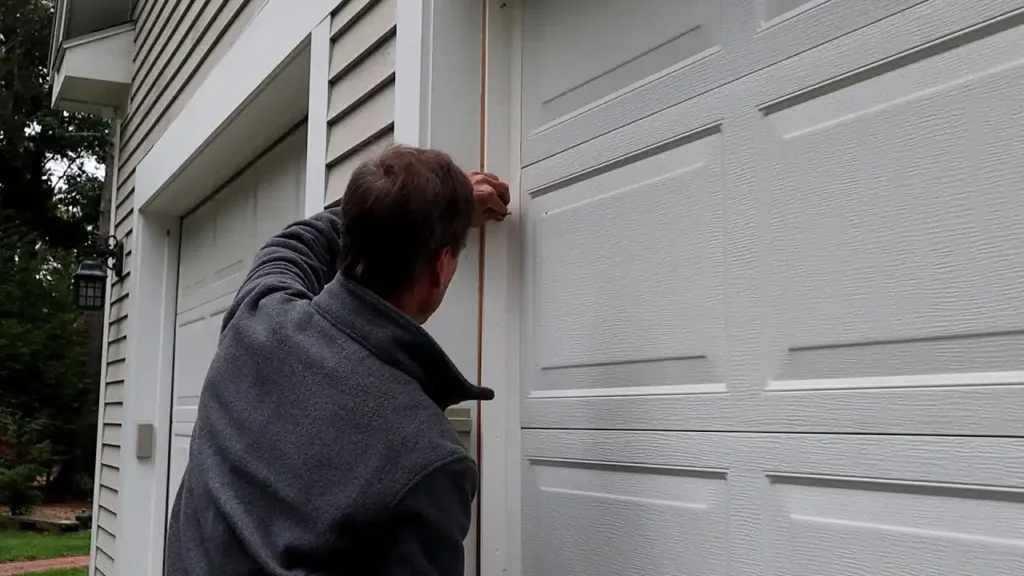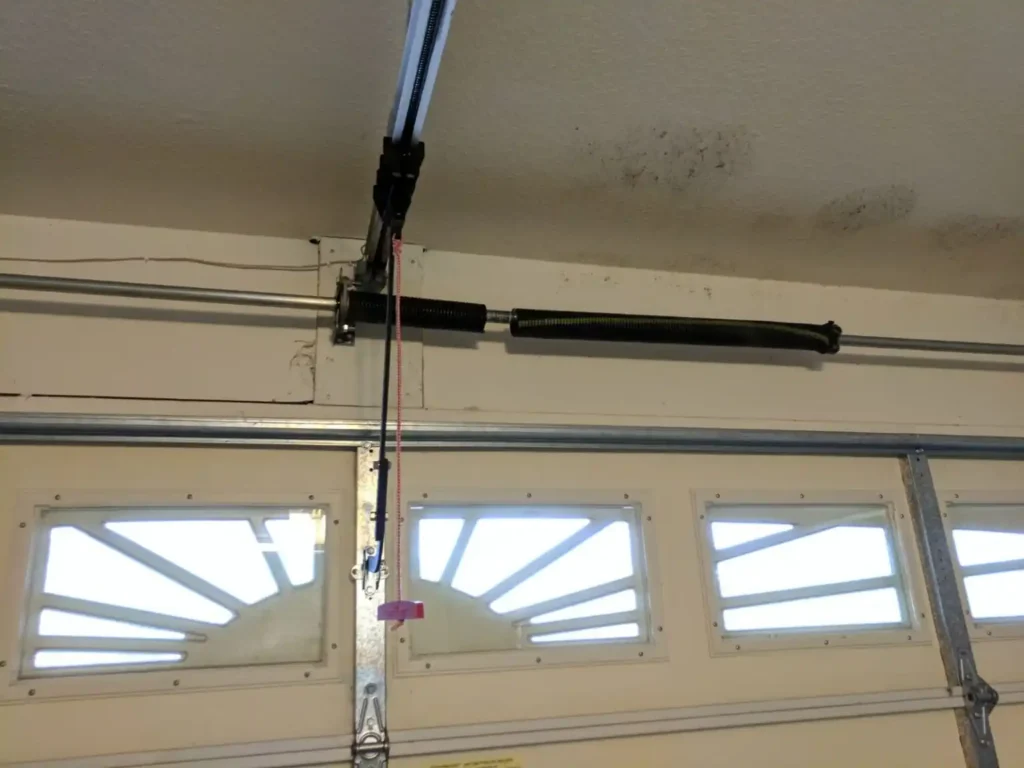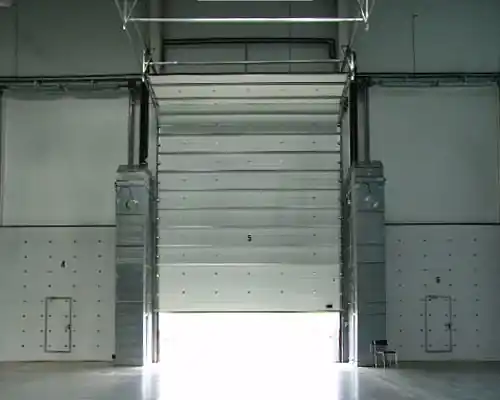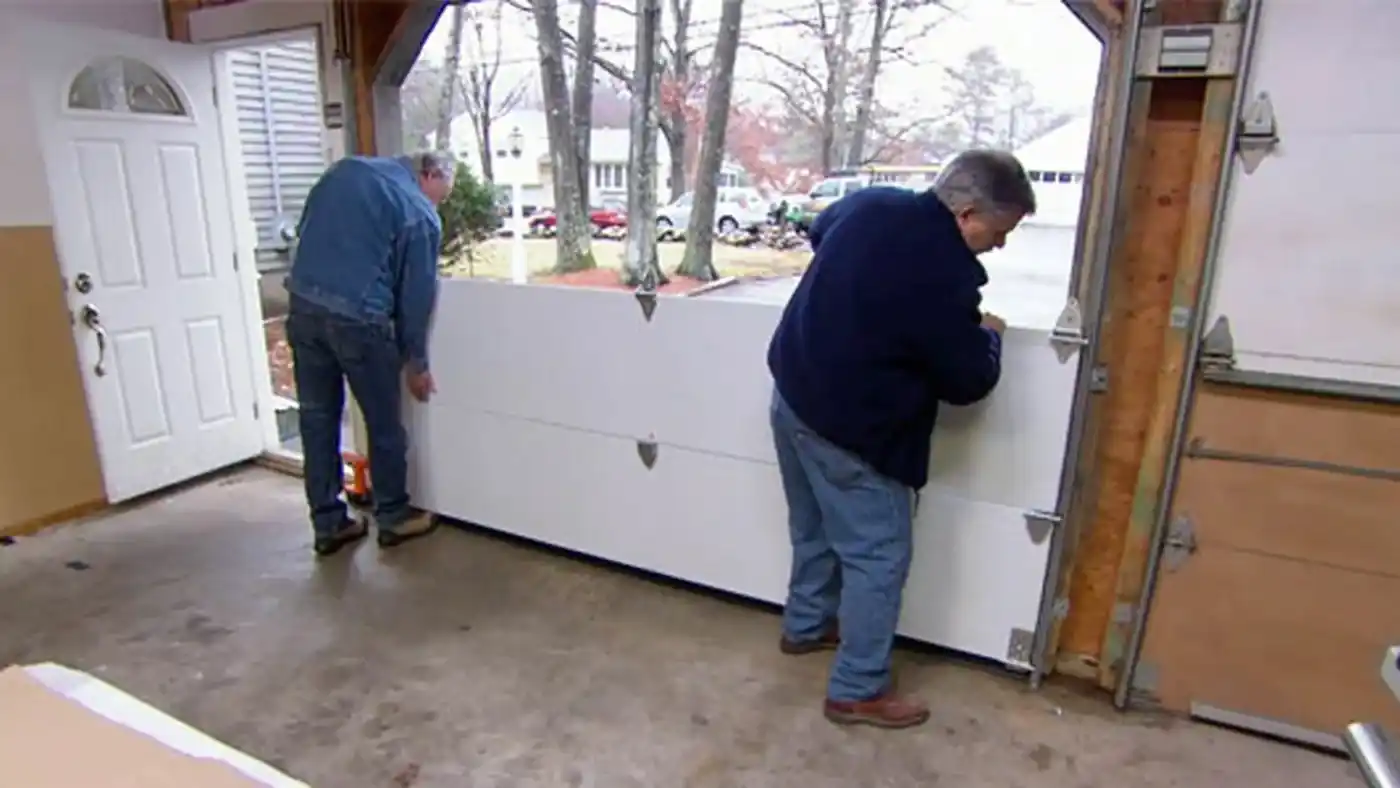Let’s be real. How to replace Garage door rollers? Not exactly the kind of thing you think about… until they start making a racket or, worse, the whole door jams mid-open while you’re running late. That’s when the curiosity kicks in. How to replace garage door rollers? Is it a major job? Do you need some special tool or a repair guy in a branded van? Or can you maybe handle it yourself, with a free weekend and a little patience?
7 Easy Steps: How to Replace Garage Door Rollers Safely

Rollers are these small, often-overlooked components that do a surprisingly big job. They’re the wheels (usually on stems) that ride along that metal track, guiding your heavy garage door up and down. Smoothly, if things are working right. Loudly, jerkily, or not at all when they’re not.
First Things First: Should You Even Replace Them?
Look, not every noisy garage door needs new rollers. Sometimes, it just needs lubrication or the track cleaned. But if you’re hearing clicking, grinding, or the door looks uneven or jerky when moving? That’s a sign of roller problems.
Honestly, if it’s been a few years since you touched the system, it might just be time. Especially if you’ve got plastic rollers (those builder-grade ones) that wear out faster than you’d expect. Or steel rollers without ball bearings. Yep, those can sound like a shopping cart on a gravel road.
But before diving into the how-to, here’s something worth knowing.
The Cost Question (Because Yep, It Matters)
So, how much does it cost to replace garage door rollers? That depends. If you’re hiring someone, you’re probably looking at $100 to $200, depending on the company and whether other parts (like hinges or cables) need swapping too. But DIY? A decent set of nylon garage rollers might retail for $20 to $40. Heavy-duty garage door rollers or Teflon-coated ones might run a bit more.
Oh, and heads-up: home depot garage door rollers (and ones from similar stores) are often solid mid-range options. Not always the quietest rollers, but definitely reliable. Look for terms like “z bearing garage door rollers” or “ball rollers” for smoother movement.
Let’s Get Into It: How to Replace Garage Door Rollers in 7 Simple Steps

So here it is. The part where you actually do it. You don’t need to be a pro, but you do need to take it seriously. Garage doors are heavy. They’re under tension. If you’re even a little unsure, maybe just call someone. No shame.
But if you’re ready? Okay, deep breath.
Step 1: Disconnect the Opener
Sounds obvious, but it’s easy to forget. Unplug the electric door opener or disconnect it from the trolley. This is just to make sure the door doesn’t accidentally move while you’re working. Safety first.
Step 2: Open the Door Manually
Lift the door all the way up so it rests at the top of the track. Use locking pliers to keep it from rolling down. You’re creating space to work here. Don’t skip this step.
Step 3: Pop Out the Old Roller
Use pliers to bend the metal track slightly near the curve (where it turns downward). That lets you pop the roller out without bending the track permanently. Slide the roller stem out of the hinge and wheel it free. (This is basically how to replace garage door rollers without bending track.)
Step 4: Insert the New Roller
Slide the replacement roller into the hinge and guide the wheel back into the track. You may need to wiggle it a little. A touch of garage door lubricant helps. Don’t force it. If it doesn’t fit, check if you’ve got the right roller head size or wheel diameter.
Step 5: Fix the Track Back Into Place
Use your pliers to press the track gently back to its original shape. Be careful here – you want the door to glide, not catch.
Step 6: Move to the Next Roller
Repeat the process, one hinge at a time. If you’re replacing all rollers, do not remove all of them at once. Keep the door supported and stable.
Step 7: Test the Door
Reconnect the garage door opener system and slowly operate the door. Listen for excessive noise, clicking, or jerky movements. Hopefully? Just a smooth swoosh.
A Few Side Notes, Because Life Is Messy

- Nylon rollers with ball bearings are, honestly, the best garage door rollers for most homes. Quiet, durable, low-maintenance. Kinda pricey, yeah, but worth it.
- Steel rollers are solid and last long, but noisy.
- Z bearing garage door rollers? Good for heavier doors or those in high-use homes.
- Don’t forget the roller hinge. If it’s bent or cracked, swap it too.
Want to Make Them Last? Here’s How
It’s not just about how to replace garage door rollers, it’s about not having to do it again anytime soon.
- Lubricate rollers (especially those with ball bearings) twice a year.
- Clean tracks regularly. Gunk builds up. You’d be surprised.
- Inspect rollers for wear during your spring garage cleanup. Just give them a glance.
- Use quality rollers from the start. Brands like Dura-Lift or similar make sturdy, quiet options.
But Is It Easy?
Ah, the million-dollar question. Is it easy to replace garage door rollers? It’s… doable. Let’s say that. If you’re handy, comfortable with tools, and take safety seriously? Yes. Just remember, torsion springs and cable systems are not DIY-friendly. If you bump the wrong part, it could turn into a bigger, scarier repair.
One Last Thing: When in Doubt…
Call a pro. Seriously. Garage door roller replacement isn’t worth an ER visit. Companies in places like McKinney, Plano, or even your local TX location (Burleson, DeSoto?) usually offer affordable roller replacement services. And they’ll spot other issues too, like a roller bracket that’s about to snap or a spring shaft under too much strain.
Final Thoughts
So, that’s your guide on how to replace garage door rollers. Not just the steps, but the messier, more human stuff around it. Because garages aren’t just tools and metal. They’re where half our stuff lives — and they deserve a little love too.
Frequently Asked Questions
1. Can I just replace one garage door roller?
Yeah, technically. But if one’s worn, others probably are too. It’s like changing one tire.
2. How long do garage door rollers last?
Plastic? Maybe 2-3 years. Nylon rollers? Up to 15 or 20 with good care.
3. What if my rollers don’t have ball bearings?
They’re probably noisy and cheap. Replace them if you can.
4. Where can I buy good rollers?
Most hardware stores. Home Depot garage door rollers are decent. Online works too.
5. How do I know if rollers are bad?
Grinding sounds. Jerky motion. Visibly cracked or bent. Just… not smooth.
6. What type of roller is best?
Best garage door rollers are nylon with sealed ball bearings. Quiet and tough.
7. Can I use any roller size?
Nope. Check your roller stem length and wheel diameter. Measure twice.
8. Why is my door still loud after replacing rollers?
Could be the opener, springs, or track. Or maybe you missed lubricating.
9. Do rollers affect the garage door opener?
For sure. Bad rollers strain the whole system.
10. Should I replace the hinges too?
If they’re bent or rusted, yeah. Do it while you’re in there.

